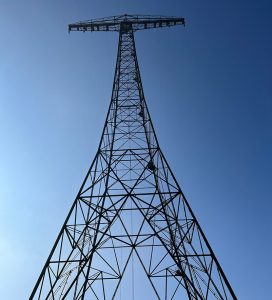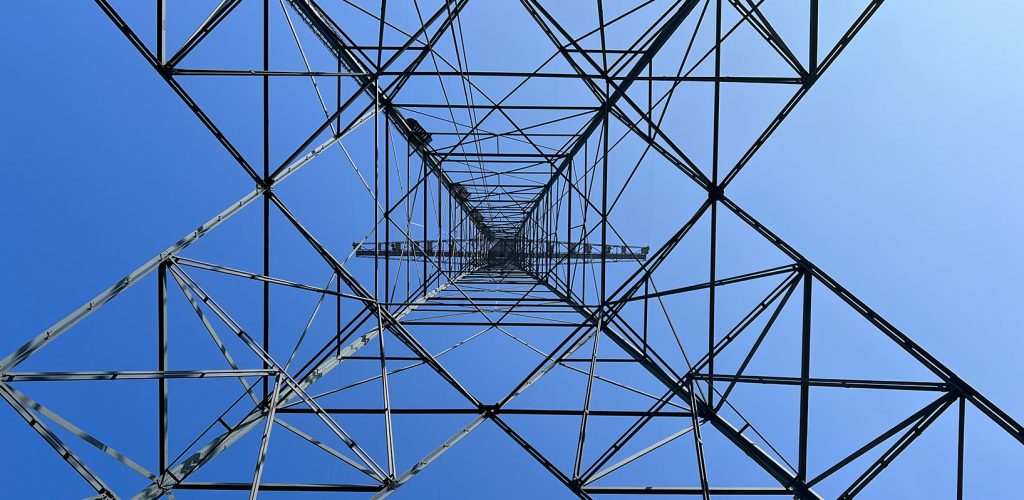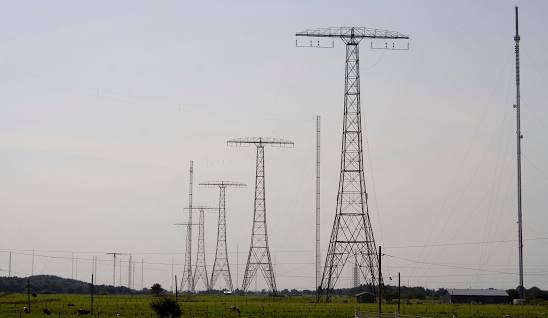
Read our latest information published on the HF section on the web site.
Useful reading that brings more clarity to how it actually works
High Frequency (HF) radio is also known as ”shortwave radio”. The same terms cover radio traffic using a waveband of 3 megahertz/MHz up to 30MHz. The shortwave moniker comes from the length of the radio waves, but this is a bit deceptive since 3 MHz radio transmissions have a wavelength of almost 100 meters, down to ten meters for 30MHz transmissions.
The reason for the name was that in the early days of radio shortwave did indeed use transmissions with much shorter wavelength than the first developed long and medium wave, which are between 100 kilometres down to 1 km in wavelength.
Modern 4G/5G mobile phones and SATCOM at the other end of the spectrum are down to centimetre wavelengths.
General rule of thumb: The longer the wavelength, the longer reach and also more widespread the signal will be.
But it will also need a very high transmitter power (up to 100´s kilowatt/kW) to overcome the absorption in the surface ot the ground on its way to the receiver. The lower frequencies, up to and including HF, also have the ability to “hug the ground” or the ocean’s surface and literally follow a curved path.
The shorter the wavelength is, the shorter distance it will travel unless the signal is extremely well focused in the exact direction of the receiver. These very/ultra-high frequencies only need very low transmitter power (milliwatts/mW) to be usable, the distance limitation is based on how well the signal is focused, which in turn depends on the size of the antenna. SATCOM is extremely well focused, and the 4G/5G mobile is omnidirectional but instead usually limited to a distance less than a kilometre. The higher the frequency the more it also needs undisturbed direct line of sight.
In the middle of the spectrum both in wavelength and in required transmitter power (a few 100 watts/W) is HF, which is unique as it also is the only frequency that normally can use the ionosphere’s blanket of gases as a natural “satellite”, that reflects the HF radio signal back down to earth, and the signal will continue to bounce until it eventually fades out.
These reflection properties are what make it work, but it is also what makes HF less predictable, since the physical conditions of the ionosphere change both in some ways very slow and in some ways very quick and dramatically due to different parameters like the 11-year sunspot circle, summer or winter, night or day, current solar activity from minute to minute (like northern and southern lights) and so on.
There are several layers in the ionosphere that reflect HF waves differently, the layers that work best during nighttime reflect frequencies between 3 and 8 MHz, and the layers that work best during daytime reflect frequencies between 10 to 20 MHz.
When the HF radio signal bounce between the ionosphere and the earth it depends on how reflective the surfaces are, a high level of ionization in the ionosphere and oceans reflect best and allows the signal to bounce more times and with a higher quality before it eventually fades out.
Low ionization and solid ground reflect less good, and “eats up” the radio signal quicker, which results in poorer quality and fewer bounces.
A result of this is that you will usually have a better HF connection when flying over oceans than you will over large continents.
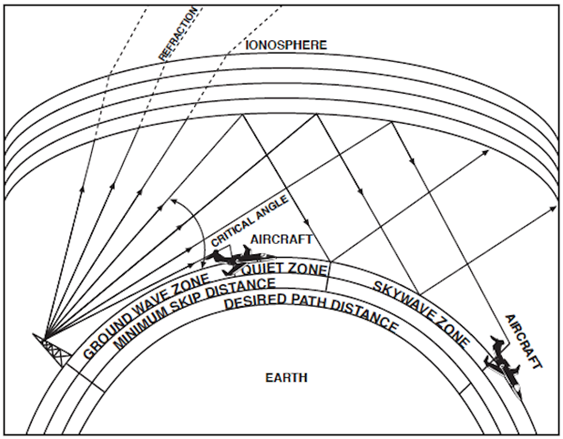
Like the normal weather forecast conditions for how the ionosphere will be can be forecasted as well, but of course with the same limitations when it comes to accuracy!
We have propagation forecasts for different time periods available here: https://storadio.aero/propagation/
The HF radio signal can be used both in the direct line of sight and to some distance beyond the horizon (ground wave zone), as well as after bouncing between the ionosphere and the earth one or more times.
One factor to remember when it comes to the radio signals bouncing is the “skip zones”, or ”dead zones”. From the position of the transmitter the signal bounces in the ionosphere at different angles, therefore the receiver position can be between the bounce areas (skywave zones) on the ground. This is the skip zone, and in this area, you can´t receive the radio signal. One way of countering this -at least a little bit- is to change frequency. This allows the radio signal to use a different layer in the ionosphere and by that changing the angle a bit and thus at least altering the skip zone to a slightly different area.
Think of it like a billiard ball bouncing at a certain angle, and when you change frequency, you change the angle of which the billiard ball hits the cushion.
All this can be summed up in another most basic rule of thumb:
The higher the sun, the higher the frequency.
The usage of HF is somewhat different from how VHF is used by aircrew.
Primary difference is that the HF users have many more degrees of freedom compared to
VHF. When VHF is used, it is merely necessary to ensure that the proper frequency is set on the VHF radio, and that your aircraft is within the coverage area of the station you wish to contact.
At cruising altitudes, this is easily determined from a simple mental calculation or from experience, and the shapes and sizes of the coverage areas are very stable and consistent.
When calling on VHF, success is assured as long as the right frequency is entered and a
listening watch is kept.
HF has many more possible combinations.
- Firstly, the frequency used for calling has to be chosen either from observations, predictions or from experience.
- Secondly, the watch-keeping stations need to have directional antennas pointed in your direction.
- Thirdly their received signal level might vary considerably as the state of the ionosphere is varying.
All taken together, it takes some more understanding and patience to make an HF contact. The best way is to first select the calling frequency according to either predictions, experience or the combined rule-of-thumb:
- Short distance and darkness – lower frequencies
- Long distance and daylight – higher frequencies.
Then make a call and wait a few seconds for a reply. If no reply, repeat the call first on the original frequency, and then on the next lower or next higher calling frequency.
A supplemental aid is to use VOLMET transmissions on HF to first find out what frequency range is working best for your -particular location.
Be prepared to find HF communication quality to be somewhat varying, as it covers distances and coverage areas many times larger than VHF and uses a medium which varies with season and time-of-day.
Finally, nothing can replace actual experience of HF use. Make radio checks and calls on HF when opportunity arises, as it keeps your operating knowledge current. Remember, the HF ground station crews are there to assist you, so enlist their help with communications whenever necessary.
